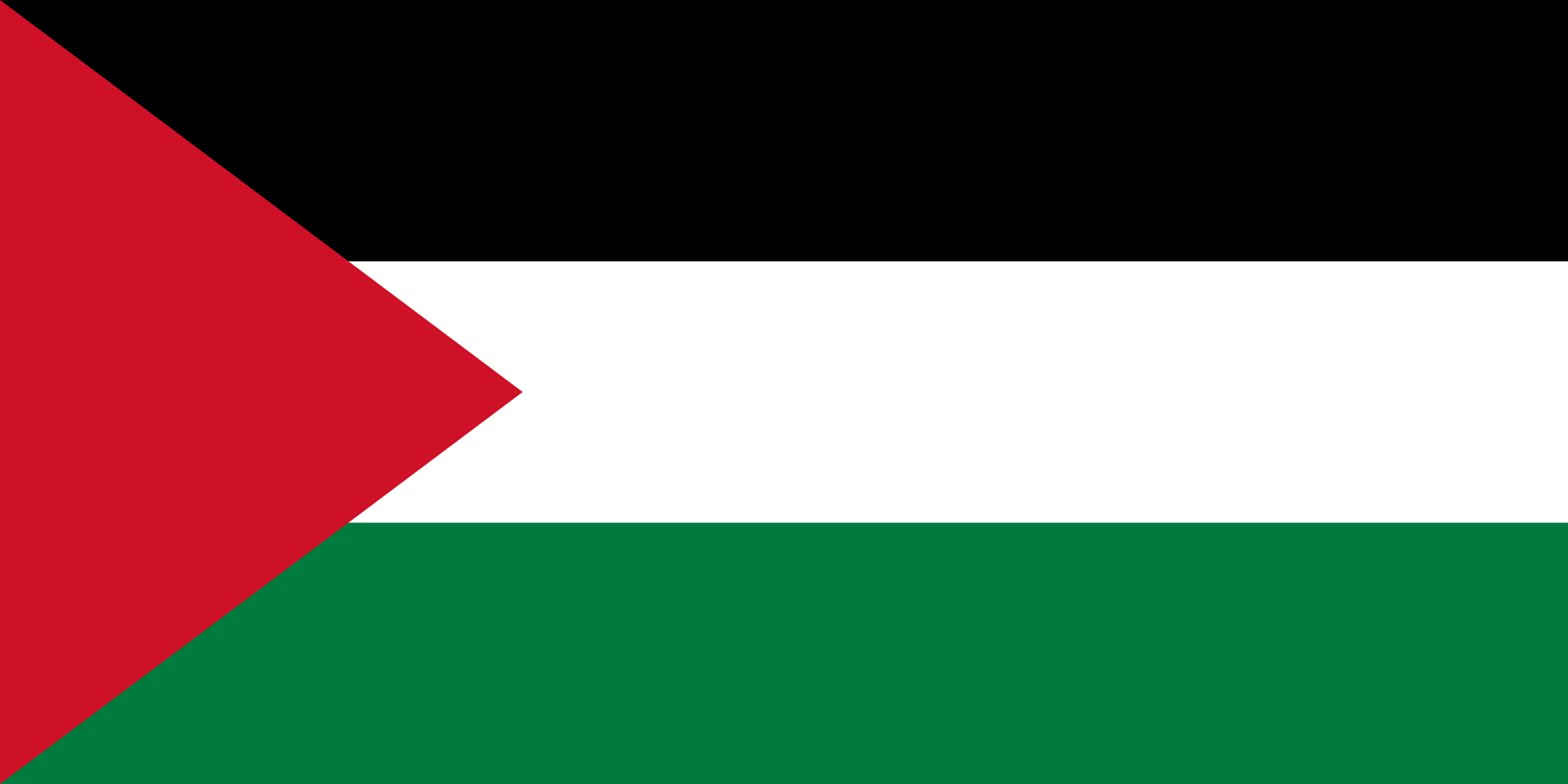15 November 2018
The Price of Peace
$90 million, for starters.
By Neil Tidmarsh
 “Where words prevail not, violence prevails:
“Where words prevail not, violence prevails:
But gold doth more than either of them both.”
These words – from Thomas Kyd’s The Spanish Tragedy (1592) – were quoted in The Times last week, with reference to nothing in particular. They simply appeared in the regular Last Word slot tucked away in the bottom left hand corner of the Leading Articles page. But their appearance proved to be prophetic; this week, events in the Middle East put them to the test in the most dramatic fashion.
On Thursday, a diplomat from Qatar carried suitcases stuffed with $100 notes through one of the world’s most secure, tightly-controlled and impenetrable borders – from Israel into the Gaza Strip. The cash – totalling $15 million – was a gift to Gaza’s government so it could pay the long-overdue salaries of its civil servants. Another $75 million will be forthcoming to pay those salaries over the next six months.
The payments are part of a peace deal being negotiated by Egypt and the UN, mediating between Israel and Gaza’s governing Hamas party. These and other sweeteners (Gaza’s power plants are operating at full capacity for the first time in years thanks to supplies of diesel paid for and delivered by Qatar over the last three weeks) secured a truce, and they’re intended to smooth the way towards Hamas agreeing to a three-year ceasefire (i.e. stopping their militants from firing rockets into Israel) in return for an easing of the Egyptian and Israeli blockade of Gaza.
Only days later, however, the two sides – Gaza and Israel – found themselves once more on the brink of all-out war. A gun battle broke out on Sunday evening when Hamas fighters detected and confronted an Israeli special forces unit in operation two miles inside the Gaza Strip; seven Palestinians (including a Hamas commander) and two Israelis (including a lieutenant colonel) were killed. The conflict escalated as Israeli airstrikes and tank attacks were launched to facilitate the extraction of the surviving soldiers by helicopter. Palestinian militants responded by firing about 400 rockets and mortar bombs into Israel; many of them were brought down by the Iron Dome defence system, but one civilian (a Palestinian, ironically) was killed and another fifty were wounded. Israel retaliated with more airstrikes, 160 of them, targeting at least seventy Hamas and Islamic Jihad sites in Gaza; seven Palestinians were killed and the television station was destroyed.
This was the most serious fighting since the seven-week war which devastated Gaza four years ago. For several days it looked as if the Strip was about to be plunged into yet another disastrous conflict. Both sides, however, have pulled back from the brink; thanks to the mediation of Egypt, they agreed on Tuesday to cease hostilities and to respect the truce established only a few days previously by those suitcases full of cash.
Indeed, neither the government in Israel nor the Hamas government in Gaza want another war. Gaza’s economy is at death’s door; it would collapse without that $90 million, and Hamas’s authority would collapse with it. And even with the $90 million, it also needs that other carrot being dangled across the negotiating table – the lifting of the Egyptian and Israeli blockades. War against Israel would be unwinnable; at best, graphic images of dead Palestinian civilians and destroyed buildings would provide the usual propaganda coups; at worst it would destroy both Gaza and Hamas. War against Gaza always plays badly for Israel on the world’s stage, and puts international pressure on Israel to make serious concessions (i.e. the surrender of territory) towards peace with Palestine. Besides, Israel is currently more concerned by the Iranian presence in neighbouring Syria, a presence which could easily and dangerously insert itself into any escalated Israeli/Palestinian conflict.
Given this reluctance to plunge into another war, a number of questions inevitably arise about the precipitous collapse of last week’s truce.
What on earth was an Israeli special forces unit doing inside Gaza during a truce? Hamas claims that the aim of the undercover raid was to kidnap or kill the Hamas leader, Nour Barakeh, who was indeed one of the fatalities of the battle. Israel denies this, insisting that it was a purely intelligence-gathering operation, a common and routine operation which differed from many others only in that it was uncovered.
Then how and why was it uncovered? Was it just coincidence that this operation, unlike those which preceded it, was discovered, hot on the heels of those cash-stuffed suitcases – an unlucky coincidence which nearly destroyed the truce in its infancy? Or is something more sinister going on behind the scenes? Was that truce deliberately prejudiced, even sabotaged? Not everybody inside Gaza and Israel has welcomed the truce. Certain political factions in both countries are opposed to it and have attacked their governments for accepting it. Israel’s prime minister Netanyahu has been accused of “buying off terrorists” and surrendering to Hamas, while the Hamas government has been accused of “selling out the resistance”.
There are other questions. How and why exactly is Qatar involved (is it their money or Israel’s?) and how is that involvement going down with Saudi Arabia, which is enjoying a new entente with Israel yet working so hard to isolate Qatar from the rest of the world? What is the attitude of the Fatah government of the Palestinian West Bank to the truce? (In many ways, the real conflict is between Hamas and Fatah, rivals for Palestinian leadership – it is Fatah who has insisted that Hamas should be brought to its knees by denying funds and electricity to Gaza).
The real question, of course, is how long the truce can last and whether the negotiations mediated by Egypt and the UN will eventually succeed in delivering a real ceasefire. As for that, let’s hope those monthly deliveries of suitcases stuffed with $15 million in cash get a quieter reception in the future.


